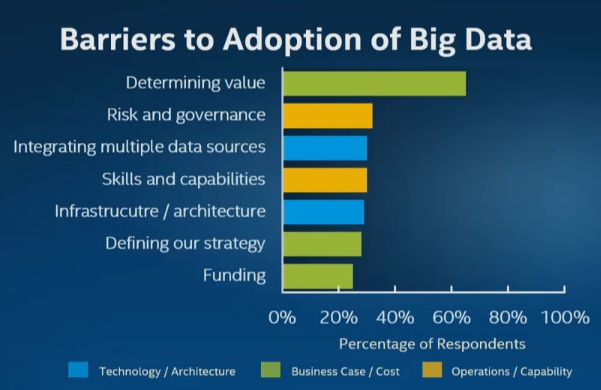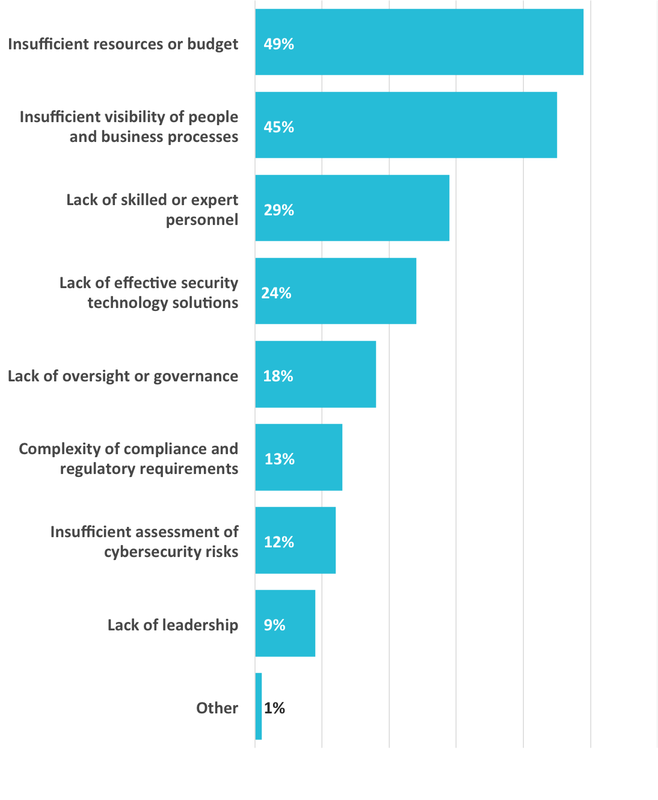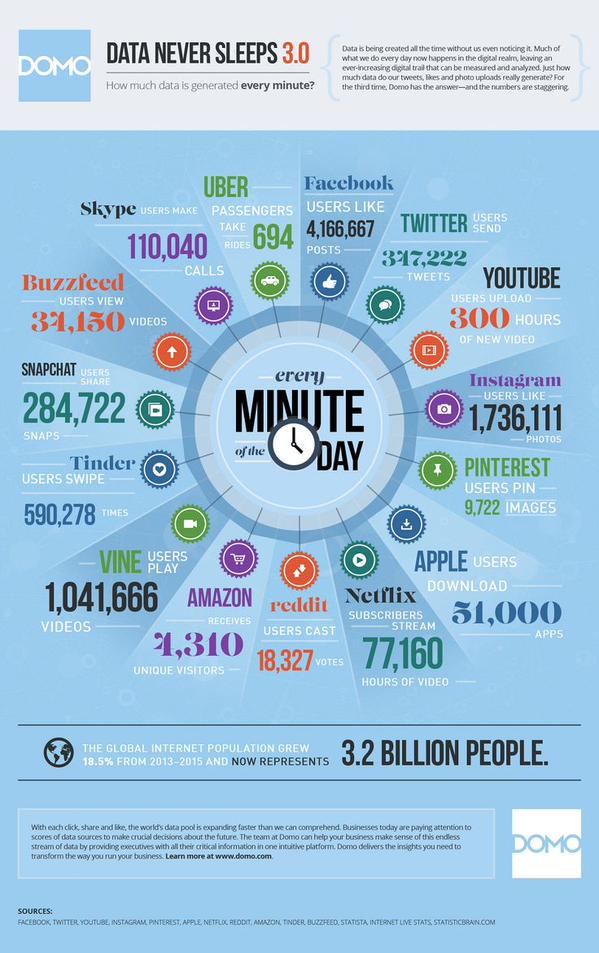ABC News has revealed that Pope Francis, was the target of an FBI terror farce.
Melissa Chan reports in FBI arrests teen for plotting ISIS-inspired attack on Pope that:
The FBI has arrested a 15-year-old boy near Philadelphia for allegedly plotting to attack Pope Francis and unleash ISIS-inspired hell during the pontiff’s upcoming U.S. visit, it was revealed Tuesday.
…
The 15-year-old “obtained explosives instructions and further disseminated these instructions through social media,” according to the bulletin.
He was charged with attempting to provide material support to a terrorist organization and attempting to provide material support to terrorist activity.
His “aspirational” threats were not imminent, sources told ABC.
…
The drought of terrorists in the United States began on September 12, 2001 and continues to this day. The FBI has been hard pressed to find anything that even looks like potential terrorism. To the point that the FBI gins up terrorism cases by supplying support to Walter Mitty type terrorists.
While details are sketchy, the Pope Francis terror farce appears to be another one of those cases.
For example, obtaining “explosives instructions,” is certainly not a crime. You may be curious, you may want to experiment, you may want to know what to look for in terms of someone constructing explosives. All of which are perfectly innocent under the US Constitution, prior to 9/11.
Dissemination of “explosive instructions” over “social media” is also not a crime.
Well, thanks to Sen. Dianne Feinstein, also known as the Wicked Witch of the West in First Amendment circles, we did have 18 U.S. Code § 842 – Unlawful acts, which reads in part:
…
(p) Distribution of Information Relating to Explosives, Destructive Devices, and Weapons of Mass Destruction.—
(2)Prohibition.—It shall be unlawful for any person—
(A) to teach or demonstrate the making or use of an explosive, a destructive device, or a weapon of mass destruction, or to distribute by any means information pertaining to, in whole or in part, the manufacture or use of an explosive, destructive device, or weapon of mass destruction, with the intent that the teaching, demonstration, or information be used for, or in furtherance of, an activity that constitutes a Federal crime of violence; or
(B) to teach or demonstrate to any person the making or use of an explosive, a destructive device, or a weapon of mass destruction, or to distribute to any person, by any means, information pertaining to, in whole or in part, the manufacture or use of an explosive, destructive device, or weapon of mass destruction, knowing that such person intends to use the teaching, demonstration, or information for, or in furtherance of, an activity that constitutes a Federal crime of violence.
Considering that 18 U.S. Code § 844 – Penalties provides that:
(2) violates subsection (p)(2) of section 842, shall be fined under this title, imprisoned not more than 20 years, or both.
For completeness, 18 U.S. Code § 3571 – Sentence of fine provides the fine in such cases:
…
(b)Fines for Individuals.—Except as provided in subsection (e) of this section, an individual who has been found guilty of an offense may be fined not more than the greatest of—
(3) for a felony, not more than $250,000;
…
Even so, distribution of explosives instructions via social media is not unlawful if:
(A) … with the intent that the teaching, demonstration, or information be used for, or in furtherance of, an activity that constitutes a Federal crime of violence; or
(B) … knowing that such person intends to use the teaching, demonstration, or information for, or in furtherance of, an activity that constitutes a Federal crime of violence.
Of course, if your website regularly features photos of government officials or others in rifle scope cross-hairs, and similar rhetoric, you may have difficulty asserting your First Amendment rights to disseminate such information.
The FBI doesn’t fare much better under the unconstitutionally broad and vague:
…material support to a terrorist organization and attempting to provide material support for terrorist activity.
18 U.S. Code § 2339B – Providing material support or resources to designated foreign terrorist organizations, reads in part:
(a) Prohibited Activities.—
(1)Unlawful conduct.—
Whoever knowingly provides material support or resources to a foreign terrorist organization, or attempts or conspires to do so, shall be fined under this title or imprisoned not more than 20 years, or both, and, if the death of any person results, shall be imprisoned for any term of years or for life. To violate this paragraph, a person must have knowledge that the organization is a designated terrorist organization (as defined in subsection (g)(6)), that the organization has engaged or engages in terrorist activity (as defined in section 212(a)(3)(B) of the Immigration and Nationality Act), or that the organization has engaged or engages in terrorism (as defined in section 140(d)(2) of the Foreign Relations Authorization Act, Fiscal Years 1988 and 1989).
It doesn’t take much to see where this fails.
The 15-year-old would have to:
- provide material support or resources to
- foreign terrorist organization
- knowing
- that the organization is a designated terrorist organization (as defined in subsection (g)(6))
- that the organization has engaged or engages in terrorist activity (as defined in section 212(a)(3)(B) of the Immigration and Nationality Act),
- or that the organization has engaged or engages in terrorism (as defined in section 140(d)(2) of the Foreign Relations Authorization Act, Fiscal Years 1988 and 1989).
The simple defense being, name the organization. Yes? Social media by its very nature is public and open so posting any information is hardly directed at anyone.
The government doesn’t fare much better under 18 U.S. Code § 2339A – Providing material support to terrorists, which reads in part:
(a)Offense.—
Whoever provides material support or resources or conceals or disguises the nature, location, source, or ownership of material support or resources, knowing or intending that they are to be used in preparation for, or in carrying out, a violation of section 32, 37, 81, 175, 229, 351, 831, 842(m) or (n), 844(f) or (i), 930(c), 956, 1091, 1114, 1116, 1203, 1361, 1362, 1363, 1366, 1751, 1992, 2155, 2156, 2280, 2281, 2332, 2332a, 2332b, 2332f, 2340A, or 2442 of this title, section 236 of the Atomic Energy Act of 1954 (42 U.S.C. 2284), section 46502 or 60123(b) of title 49, or any offense listed in section 2332b(g)(5)(B) (except for sections 2339A and 2339B) or in preparation for, or in carrying out, the concealment of an escape from the commission of any such violation, or attempts or conspires to do such an act, shall be fined under this title, imprisoned not more than 15 years, or both, and, if the death of any person results, shall be imprisoned for any term of years or for life. A violation of this section may be prosecuted in any Federal judicial district in which the underlying offense was committed, or in any other Federal judicial district as provided by law. (emphasis added)
You could disseminate bomb making instructions along with:
(hypothetical) meet me at the intersection of Highway 61 and Route 666 with your bomb made according to these instructions for a concerted attack on (target)
but I can’t imagine a 15-year-old, unassisted by the FBI at any rate, being that dumb.
Sen. Dianne Feinstein should voted out of office by California voters. It is difficult to imagine anyone more disconnected from national priorities than her.
Given the near non-existence of terrorism in the United States, fear of terrorism is an emotional or mental disorder, from which Senator Feinstein suffers greatly.
Fear of terrorism has resulted in a grave distortion of the government from providing services and opportunities to its citizens to cutting those services and opportunities in order to fight a fictional enemy.
If federal budget transparency is ever achieved, you will be able to list who drove and profited from that fear.
Apologies for the length but I do tire of largely fictional terror threats that fuel the fear – spend cycle in government.
I would post on the ease of real terrorist activities but then, as you know, some FBI agent would take offense at proof of the futility of their efforts and the consequences could be severe. That’s called “chilling of free speech” by the way.



